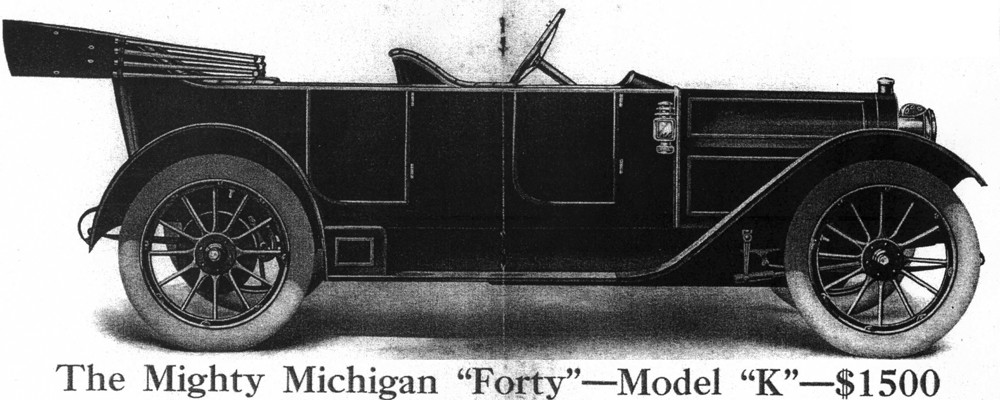After showing my bearings to several groups of folks that knew more about antique motors than me, we came to the conclusion that the BUDA motor I have does indeed have “insert bearings”. Modern engine bearings in automobiles almost universally have “inserts”. These are generally thin half cylinder pieces of metal that snap or press into aluminum or cast iron engine blocks and/or connecting rods. They are the surface material that rubs against all the hard steel “spinning bits” in an engine – like the crank shaft, cam shaft(s), connecting rods and other parts that go round and round very fast when the engine is running. Oil lubricates the babbitt to hard steel interface in a very tiny space between the spinning and stationary parts of the engine. An example of a modern type engine bearing is depicted below.
Most of these modern bearings have a “shell” or backing material onto which is deposited a very thin layer of “magic white metal”. That’s my term, because I understand that many of the alloys are trade secret or otherwise proprietary. When our BUDA engine was built (probably 1911 or 1912) the “magic white metal” of the day was called BABBITT. Babbitt was named after its inventor, Isaac Babbitt, who came up with the stuff in 1839. The alloy is generally composed of 80-90% tin (Sn), 7-8% antimony (Sb), 1% Copper (Cu) and assorted other metals in very small percentages. The babbitt in our BUDA engine is composed of the following percentages as determined by an X-ray fluorescence test done at Decisive Testing, Inc. of San Diego, on May 4, 2017. My thanks to President Michael May for assisting me in discovering the composition of our car’s bearing material. The hand-held XRF (x-ray fluorescence) gun they used is a cross between a Star Trek phaser & tricorder. It zaps a bit of X-rays into the alloy and gives a read-out of the full spectrum of metals that are present. Very cool gadget and its completely non-destructive of the test specimen.
I strongly suspect that some of the trace elements showing up in the list of metals is the result of contamination somewhere in the 100+ years the car has been around and that it is unlikely that titanium and some of the other metals were really part of the original alloy mix. That’s a guess – I have nothing to prove it.


